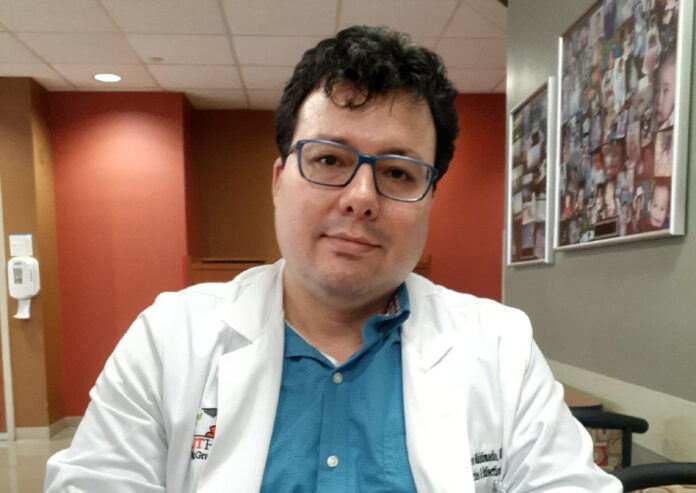HARLINGEN — Physicians are concerned about a new virus that has just arrived in China.
One of those physicians is Dr. Jose Campo Maldonado, infectious disease specialist at Valley Baptist Medical Center. He and other health professionals are keeping a close eye on a new strain of Corona virus known as 2019-nCoV. As of Saturday morning it had killed more than 40 people.
Just a day earlier, that toll was at 26, with more than 900 confirmed cases in all. Saturday that number had risen to almost 1,300 cases in China alone. Most of those have occurred in Wuhan, China where officials first reported the virus earlier this month.
Wuhan is the capital of Hubei Province and home to more than 11 million people.
“There is still a lot to know about the virus,” Maldonado said. “The numbers are not clear so anything I say will be a speculation.”
Maldonado said there is little cause for concern at the moment for Rio Grande Valley residents.
“Here in the Rio Grande Valley we don’t have local transmission of the Corona virus,” he said. “If we get symptoms like what people with the Corona virus get, this is more likely to be a common respiratory virus circulating here, or the flu.”
So this is all happening in China. Why should people in the U.S. or the Valley be concerned?
“The concern would be that we are an interconnected world,” he said. “Of course there are people traveling.”
And the virus seems to be traveling, too. As of Saturday morning, it had spread to France, Thailand, Japan, Korea, Australia and … the United States.
Yes, it’s here.
Live Science, a science news website, states a man in Washington was diagnosed with the virus on Jan. 21. A second case occurred on Jan. 24 when doctors diagnosed a woman in Chicago with 2019-nCoV. Both individuals were hospitalized and, as of Saturday morning, were doing well. They’d both traveled recently to Wuhan, China.
There is little chance the virus could affect anyone locally.
“If you haven’t traveled to that region, you should not be concerned about this,” Maldonado said. “If you have not been exposed to a laboratory that has the virus, or to a person who has that virus or has traveled to that region or you have traveled to that region you shouldn’t be concerned about it at all.”
Scientists are scrambling to learn more about the virus.
“There’s still a lot we don’t know,” he said. “We are probably going to learn more about it to see if there are some specific characteristics that differentiate this virus from other respiratory viruses.”
He said more of the victims have been the elderly and those who are already sick.
“There are probably many other people who are infected,” he said. “Some of them may have stayed at home or they didn’t get that sick to go to the doctor.”
Friday when he saw there were 900 confirmed cases, he recalled an estimate showing the virus had probably infected about 4,000 people.
“We don’t know the exact magnitude of it,” Maldonado said. “That’s only the numbers that have been recorded.”
Scientists in China first found the disease in people who had visited a local seafood and animal market, which has now been closed. Chinese officials have imposed travel restrictions to the area and the U.S. has banned all travel to Wuhan.
Steps to Take
To help prevent coronavirus infection, do the same things you do to avoid the common cold:
1. Wash your hands thoroughly with soap and warm water or with an alcohol-based hand sanitizer.
2. Keep your hands and fingers away from your eyes, nose, and mouth.
3. Avoid close contact with people who are infected.
https://www.osha.gov/SLTC/novel_coronavirus/
Many symptoms of the new Corona virus, known as 2019-nCoV, mimic those of the cold or flu.
Symptoms include fever, cough and shortness of breath.
The virus can cause pneumonia.
Source: Centers for Disease Control and Prevention




